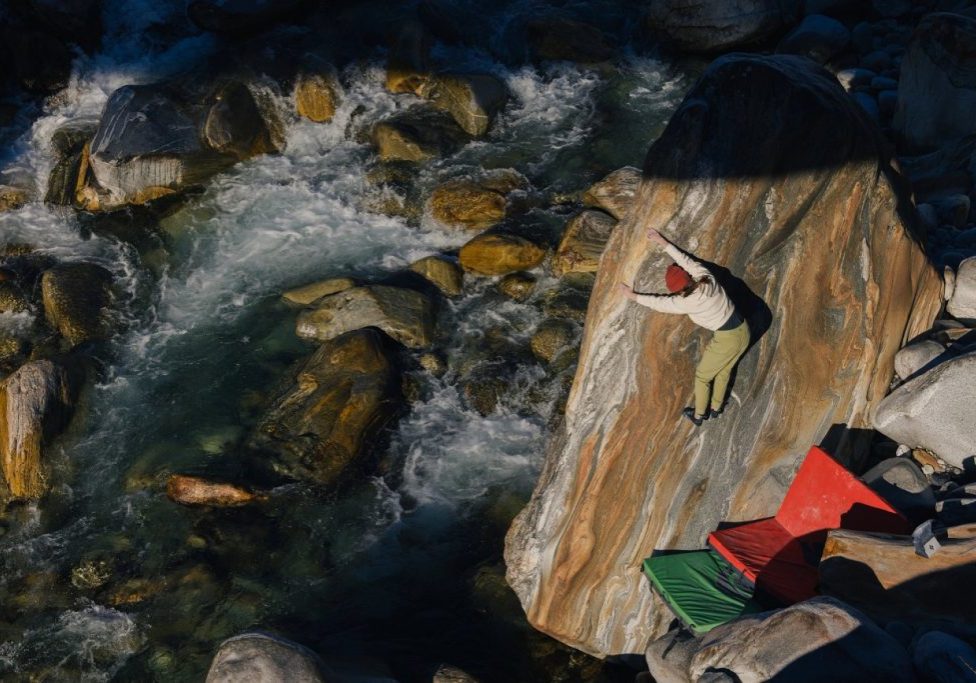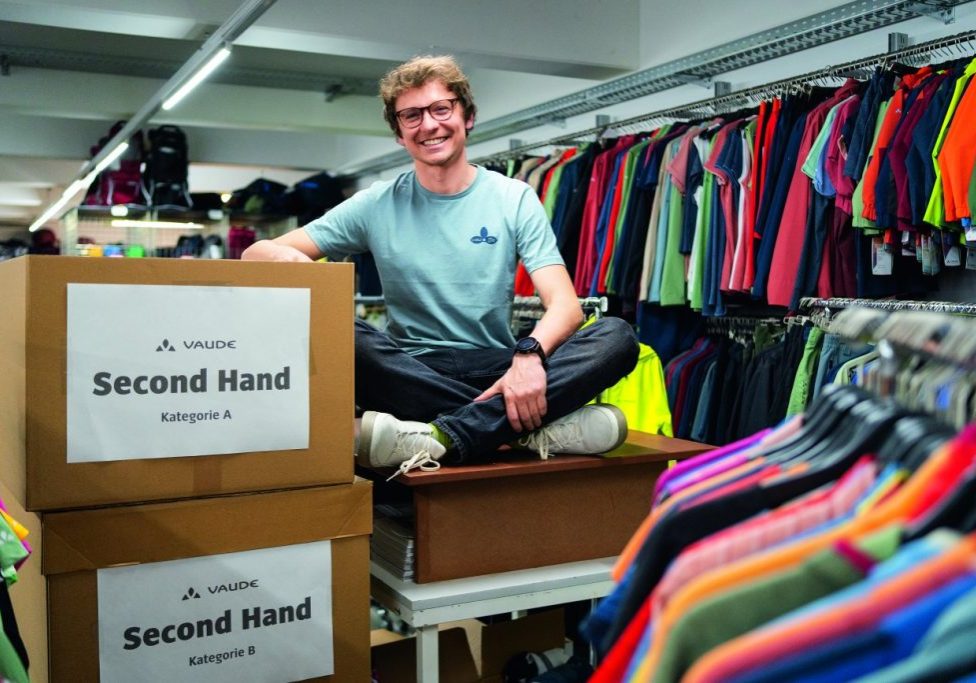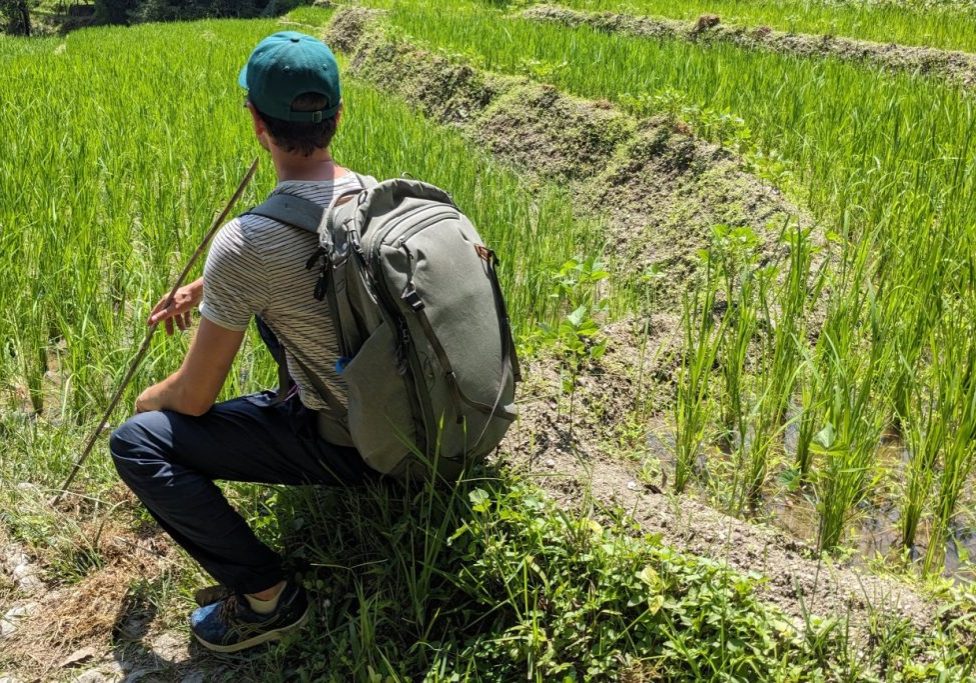Outdoor Research ist nun wirklich keine neue Marke. Aber dennoch in Europa sehr unbekannt. Dabei steckt hinter der Marke so viel mehr als nur Gamaschen und Regenhüte – auch wenn diese Produkte, für die die Marke bekannt ist, ausgesprochen gut sind. Wir haben daher bei Outdoor research angeklopft und den Chef höchstpersönlich um ein Interview gebeten. Dan Nordstrom hat sich Zeit genommen und unsere Fragen beantwortet. Cool, oder?
How did it all start?
OR was founded in 1981 after a bad pair of gaiters caused a rescue due to frostbite. Ron Gregg went to work on the first insulated gaiter that worked with ski bindings and climbing boots. The X Gaiter was also the first Gore Tex gaiter in the world and our mittens soon followed as the first taped Gore handwear in the world. In 1989 the first soft shell pants were introduced, the beginning of our apparel business.
Did you already know Outdoor Research before?
Of course, I actually bought a pair of X Gaiters in the early 80s when I was ski mountaineering in leather telemark boots. It was by far the best choice in those days.
In the beginning Outdoor Research could be described as functional, no blingbling, no fashion, not even colours. What did you change?
We’re committed to creating the worlds best gear. In the early days simply having gear be functional and durable was enough. In the past decade there’s been a natural progression to the expectation for a product to be truly world class it must look as good as it works. We support this idea completely. You only need to look at other very mature categories like cars or electronics to see that its part of a normal evolution for operating at a world class level.
Why did you start the apparel-line?
In 1989 we designed perhaps the first soft shell climbing pant in the world made from Spandura. Things grew methodically from there. Later in the mid 90’s we were the North American licensee for the Swiss woman’s line Wild Roses. In 2000 the full line of Men’s apparel was shown.
What is your vision for the brand?
On one hand we are committed at all times to making state of the art product presented at an honest price. On the other hand we are working hard to break down barriers so that more people can get outside more often. We see that conservation and preservation aren’t enough. Data shows that modern lifestyles are reducing time spent outdoors. We know that when people get outside for any duration their mental health is improved and their understanding of the value of protecting wild places increases. We have to make sure there are more people getting outside in the future so there is a stronger voice calling for protecting the land.
Do you plan any new products? What about tents or sleeping bags –you have a lot of know-how in down now.
We ALWAYS have a big pipeline of new products. A great example coming up this fall is a heated glove that uses innovative components to provide more heat over time with less weight and bulk. No plans for new tents or bags for now.
What is planned in Europe?
We decided to enter the European market directly because we saw therein opportunity and felt very strongly that our brand and its products are very relevant to European outdoor enthusiast. As our innovation process engages feedback of end-users from across the globe, we specifically also receive allot of end-user feedback from Europe that we implement, continually remaining relevant. End-user platforms and the specialist retail channels suit OR best to engage European outdoor enthusiasts.
Where do you produce? What about environmental and social standards? How important is sustainability?
We make a number of products in our factory here in Seattle, WA, USA, as well as in other factories around the world. When we’re choosing a factory to partner with, the most important consideration is that it must be the very best factory in the world when it comes to making the specific category of products we’re building. We work with factories in several countries, because different countries tend to specialize in certain categories. Of course, corporate social responsibility is paramount whenever we select a factory, and because we carefully chose only the best we don’t find too many problems; None of our partners are interested in cutting corners. Problems arise mostly in situations where the focus is on making things for very low prices, and that’s not our business model.
Regarding our environmental efforts, we’re constantly evaluating our materials and looking to improve. For example, in our DWR-treated products, we recently switched from C8 flourpolymers to the more environmentally friendly C6 for many of our fabrics, and we are looking to make the change in ALL our DWR treated fabrics by 2015. Another example is our down-insulated apparel, for which we ensure our down suppliers meet non-live pluck and non-force feed requirements, meaning we source our down humanely. Perhaps most importantly, we design our apparel and gear to last for season, after season, after season; It’s not throw-away product, and we stand behind the durability with our Infinite Guarantee®. The longer a piece of gear lasts — a waterproof jacket, hiking shorts, a t-shirt, anything — the fewer items end up needing to be recycled or, worse, in a landfill. We believe one of the most important things we can do to improve sustainability is make quality product. So that’s what we do.
We’re also a member of the Outdoor Industry Association Sustainability Working Group, and we’re currently cooperating with other OIA members in the creation of an industry-wide Eco Index, a tool that will provide a way for companies to benchmark and measure their environmental and social impacts, identify areas for improvement, and make informed sourcing and product life cycle decisions.
You use the gear yourself. So which tour do you plan to do next?
This summer I’m looking forward to a trip to the Northwest Territory in Canada to climb Lotus Flower Tower in the Cirque of the Unclimbables. It’s been a lifelong goal and I’m getting old enough now that I need to tick some of these far flung classics before it’s too late!
Thanks for the interview.
Im Video “Our Story” erzählt Dan noch mal gut die Geschichte der Firma und deren Werte.
Bilder: zVg


